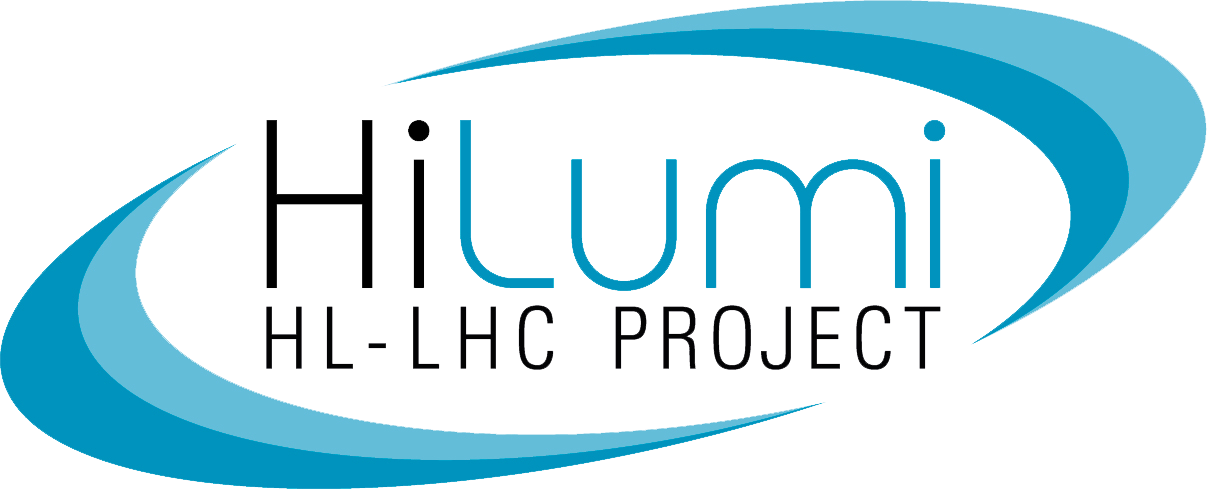HiLumi LHC is an FP7 Design Study and part of an overall project that will federate efforts and R&D of a large community towards the ambitious HL-LHC objectives. HiLumi LHC involves participants from outside the European Research Area (ERA), in particular leading US and Japanese laboratories, which will facilitate the implementation of the construction phase as a global project. The proposed governance model is tailored accordingly and may pave the way for the organization of other global research infrastructures.
The project is subdivided into closely interlinked Work Packages (WPs). The definition of clear goals for each WP is the task of the project management, which has to assure the necessary coherence of parameters and goals. Project Management and Technical Coordination (WP1) has to provide guidelines, tools and a strict follow up of the project to assure that the quality of the components and the risks associated are consistent and balanced over the project. Furthermore, the Quality Assurance (QA) plan and integration studies must guarantee that the components are suitable for the LHC, i.e. equal or better than present LHC quality standards. It is well known that upgrades in peak performance may result in a degraded integrated performance because of technical stops or less flexible optics and operation. WP1 will strongly monitor this point.
Apart from WP2, which being accelerator physics is at the heart of the design study and will be closely related to all WPs, the WPs are organized around the main equipments upon which the performance of the upgrades relies on. The first scope is reducing the beta functions at collision, β*, so IR magnets (WP3) accomplishing this functions are the first hardware we need to consider. Crab Cavities (WP4) then make the decreased β* really effective, by eliminating the reduction due to the geometrical factors, and provide levelling of the luminosity. Collimators (WP5) are necessary to protect the magnets from the 500 MJ stored energy beam (a technical stop to change a magnet takes 2-3 months). Superconducting (SC) links (WP6) are there to avoid radiation damage to electronics and to ease installation and integration in a very crowded zone of the tunnel. The other HL-LHC WPs not included in the FP7 Design Study are essential components of the project but refer to accelerator functions or process of exquisite pertinence of CERN.
